My goal was to watch what worked and what might have worked better with an eye towards a possible evacuation of Roosevelt Island if an emergency or weather condition force such an evacuation. There are only three ways off this island and only the subway has the capacity to transport large numbers of residents far enough off the island which would be needed. Sure the Roosevelt Island Bridge could accommodate a large number of residents to tranverse it by foot (few residents have cars overall) but that leaves those residents in the middle of nowhere with out a mass transit answer on the other side.

Overall I believe the MTA and NYPD did a good job of ensuring that the flow of riders did not result in one continuous burst of individuals trying to access the escalators, elevators, stairs and platforms all at once which could have lead to accidents at any of those points. The flow of individuals was staggered to allow for easy access down to the platforms and also to ensure the platforms were never overly crowded.
The first thing I noticed was that the MTA set up three defined entrance points (1) Metrocard holders (2) individuals with strollers, and (3) Roosevelt Island residents. The Metrocard holders entry point snaked a bit off towards the East / right away from the entrance and then back to the entrance to prevent the line from simply being a straight line back from the door to ensure no straight rush could be made for the doors. The RI residents line allowed residents immediate access no matter what with no delays which was a great feature.
The man in charge was Mr. Clayton W. Conaway Sr. who holds the position of New York City Transit General Superintendent for District #4 – Parsons Archer Stations Operations. In addition to about a 8 to 12 uniformed officers at the station I counted about another dozen MTA personnel directing traffic flow in and outside the station all apparently deferring to this man’s direction. He and his staff constantly were viewing the monitors gauging the flow of individuals once they passed through the turnstiles to determine when and how many more individuals to let enter the station.
 As Mr. Conaway states in the video the MTA’s primary focus was safety and not speed and upon watching this applied in action from the many vantage points afforded me that evening I belief it worked well. Sure there were many individuals that would have like to get through faster but in most cases I believe the MTA staffers handled themselves and the crowd well. Sure at the initial choke point there were a few instances of riders that climbed over the wall that tested the MTA staffers patience but the woman I saw at the forefront of the line appeared forceful but never disrespectful despite everyone dealing with the rain which thankfully was never truly a downpour.
As Mr. Conaway states in the video the MTA’s primary focus was safety and not speed and upon watching this applied in action from the many vantage points afforded me that evening I belief it worked well. Sure there were many individuals that would have like to get through faster but in most cases I believe the MTA staffers handled themselves and the crowd well. Sure at the initial choke point there were a few instances of riders that climbed over the wall that tested the MTA staffers patience but the woman I saw at the forefront of the line appeared forceful but never disrespectful despite everyone dealing with the rain which thankfully was never truly a downpour.At one point there were in effect two Metrocard holder lines one which snaked towards Duane Reade and a second which bordered Main Street. Entrance from these lines alternated and neither line seemed favored. The MTA staffers were quick to let families with strollers and elderly through and in most cases the Superintendent with an eye towards keeping traffic flowing directed these individuals through the gate entrance rather than through the turnstiles. I also noted that for the few minutes I wandered down to the track level that MTA reps did indeed hold trains in response to rider needs and traffic flow.
The only suggestion I heard from both MTA staffers and NYPD officers that perhaps two distinct lines should have been created for Manhattan/Brooklyn bound riders versus that of Queens bound riders to better control line movement with that of platform levels and train arrivals. It seemed the logical step and an idea for next year.
 From the many people I spoke to and observed most seemed in reasonable spirits and no one seemed truly put out. I do believe many had no clue what they were going to encounter when they left but to those individuals I say what else could you have expected as you either came in with the crowds or watched the fireworks with them next to you unless they though the event’s attendance was mostly residents.
From the many people I spoke to and observed most seemed in reasonable spirits and no one seemed truly put out. I do believe many had no clue what they were going to encounter when they left but to those individuals I say what else could you have expected as you either came in with the crowds or watched the fireworks with them next to you unless they though the event’s attendance was mostly residents.Overall I believe the MTA met its goal of processing everyone through but with the overriding goal of safety first. I can’t think of anything else that could have been done to make it less painful that it had to be. Processing 2000 to 3000 persons through between 9:30/9:45 pm though 11:00 pm did not seem overly burdensome or unfair to anyone that passed through that station.

As for whether these same tactics could be applied to an evacuation it is unclear as then one would expect a lot more irritation and underlying fears on the part of the residents trying to enter the station and the MTA personnel and in addition to individuals evacuating would be carrying a mountain of belongings etc which always clogs up the works. Given enough time though if residents heed warnings to leave early if proper staffing was present at the station a good chunk of residents could get out this way. If an emergency came out of nowhere timewise and that is main option open to us we may have a big problem.

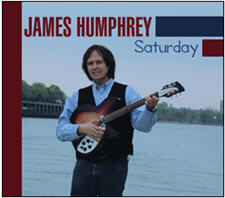



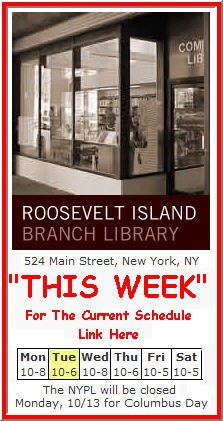




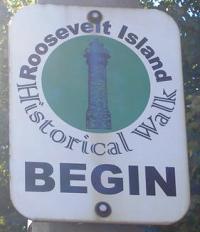









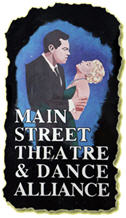
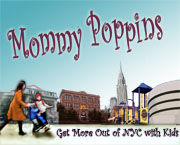






With having a special entrance for RI residents how did the MTA staff make sure it was only used by residents?
ReplyDeletethings looked pretty smooth. but i have to say, if it is an emergency evacuation, i shouldn't expect a line; no way should the mta be making people swipe cards at turnstiles in an emergency.
ReplyDeletetho perhaps we should make sure, cuz i wouldn't put it past em.
The MTA rep manning that entrance merely asked me if I was a resident. There was no ID check or anything like. It was amazing that few visitors noticed this entrance but then again the signage was facing North and unless they got off the existing lines there would never see the resident only line.
ReplyDeleteThe word in your headline should be Dispersal. A disbursal is a payment.
ReplyDelete